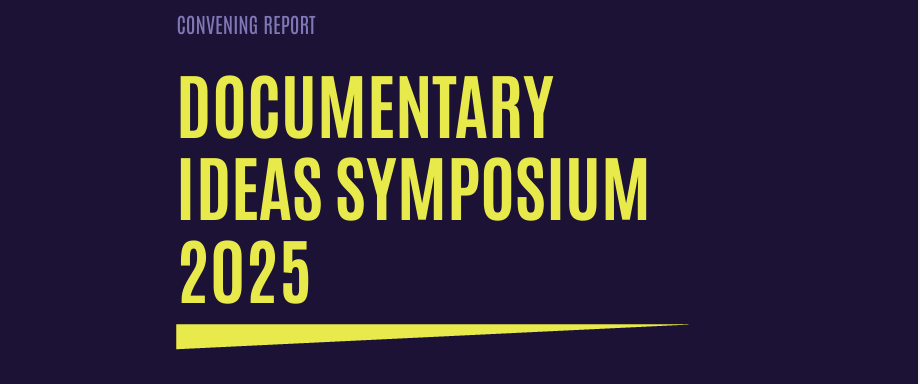
Videos
Regulating Social Media: America’s Global Communications Dilemma
Reports & Papers
Media Business Models, Media Creation, Media Standards & Practices

A paper by Matthew Hindman, Joan Shorenstein Fellow (Fall 2014) and Associate Professor in the School of Media and Public Affairs at The George Washington University, examines why local newspapers are falling behind in online audience growth and how they can fix the problem.
Hindman’s research finds that although national news websites have robust traffic, traditional local newspapers are severely behind in adopting the technology and digital content practices needed to retain and grow audiences. No business model – advertising, paywalls, or nonprofit funding – can succeed long-term without continuous digital audience growth. Hindman suggests a variety of proven techniques for newspapers to implement, including faster page load time, improved user experience, personalized content recommendation, social media optimization, and A/B testing.
In early 2000, Google conducted one of its first online experiments. The result was a disaster.
Google’s experiment split off several groups of users to receive 20, 25, or 30 results instead of the standard 10. When Google checked six weeks later, they found – to their shock – that traffic had plummeted. Users given 30 results were doing 20 percent fewer searches.
Google eventually traced this drop to a surprising source. It took Google half a second longer to return more results: 0.4 seconds to return 10 results, but 0.9 seconds to return 30. Over a day or two this slight delay meant little. But as the weeks wore on, the difference of that extra half-second was compounded again and again. People visited Google less often – and when that smaller group did return, they were a bit less likely to come back next time. Small traffic losses snowballed.
The most important lesson of Google’s experiment concerns what is loosely termed stickiness. Stickiness is like a compounded Internet interest rate: it measures how likely users are to visit, and how often they go beyond the first click to the second or third. Sites with above-average stickiness grow their audience share over time, by definition; those with below-average stickiness shrink. Site speed is one of hundreds of site features that affect audience growth.
The problem of stickiness, of generating compounded audience growth, is the most urgent problem facing journalism today. If journalism needs an audience to succeed, then most digital publications are failing. This dearth of digital readers is especially dire with local newspapers.
Local newspapers have always been the core of American journalism, employing most of the nation’s reporters. But with massive drops in ad revenue, in circulation, and in reporting staff, many local papers are now struggling to survive. Forget facile talk about “unique visitors” and misleading claims that newspaper audience is “larger than ever.” As this paper will show, the truth is grim: digital audiences are small, digital revenue is paltry, and paywalls have significant long-term costs.
The good news is that newspapers can do much better. Newspapers can adopt better models of how Internet traffic works, and better metrics for measuring success. Digital newspapers can take a page from the Web giants who now dominate traffic and online revenue. With the right metrics, and a robust infrastructure for testing, newspapers can put themselves on a path to consistent growth.

Videos

Explainers, Podcasts, Videos

Reports & Papers